RM | Sotheby’s is offering a 1972 Ligier JS2 Coupé as part of the Petitjean Collection Auction that will close on June 10, 2020.
The JS2 up for auction, allegedly one of 48 examples built for the 1972 model year, has been on static display for many years. As such, it is not in running condition and will require mechanical servicing to be made roadworthy. The body has some cracks and assembly quality looks to be marginal. Nevertheless, it is expected to sell in the €60,000 – €80,000 range and is being offered without reserve.



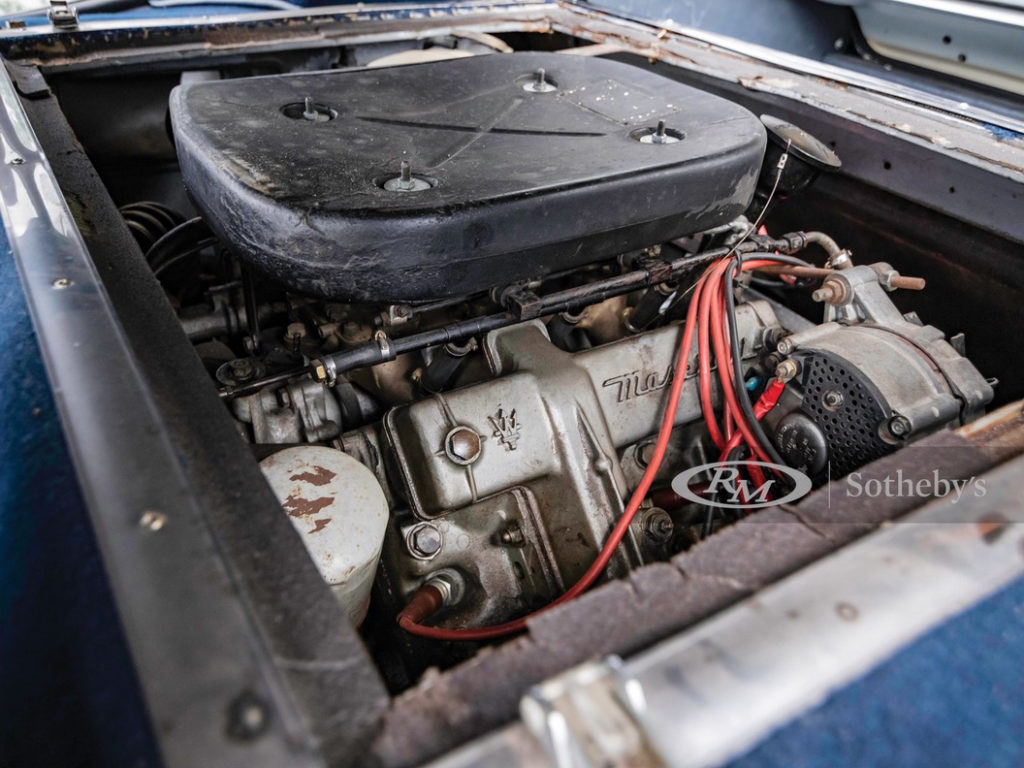
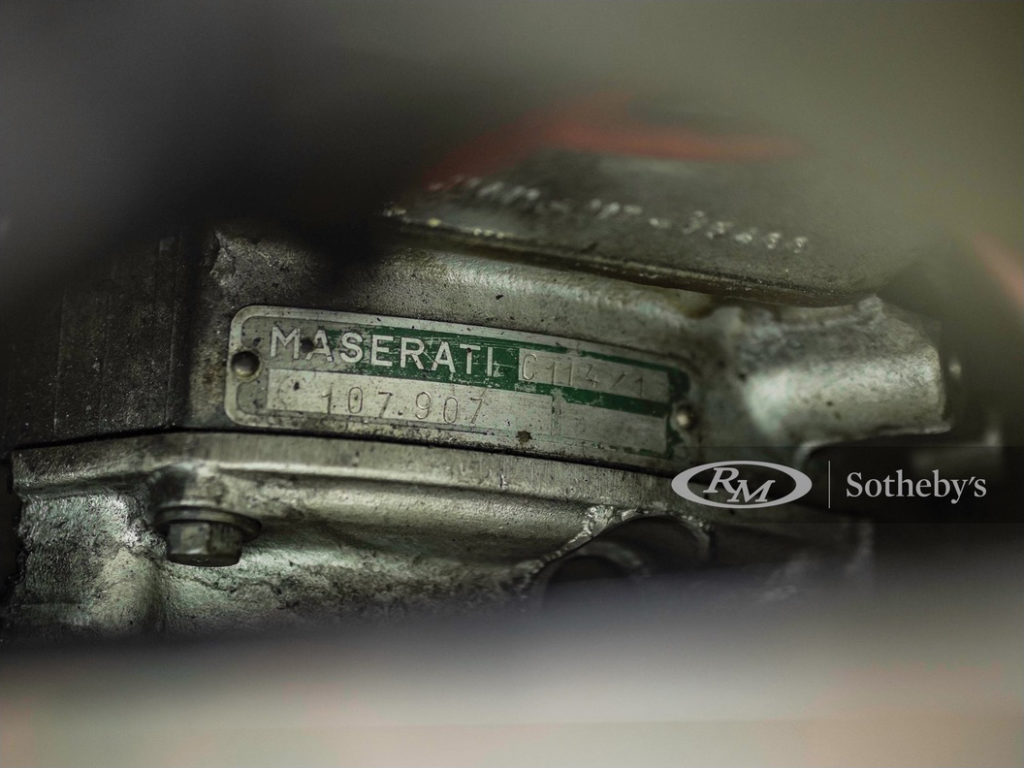
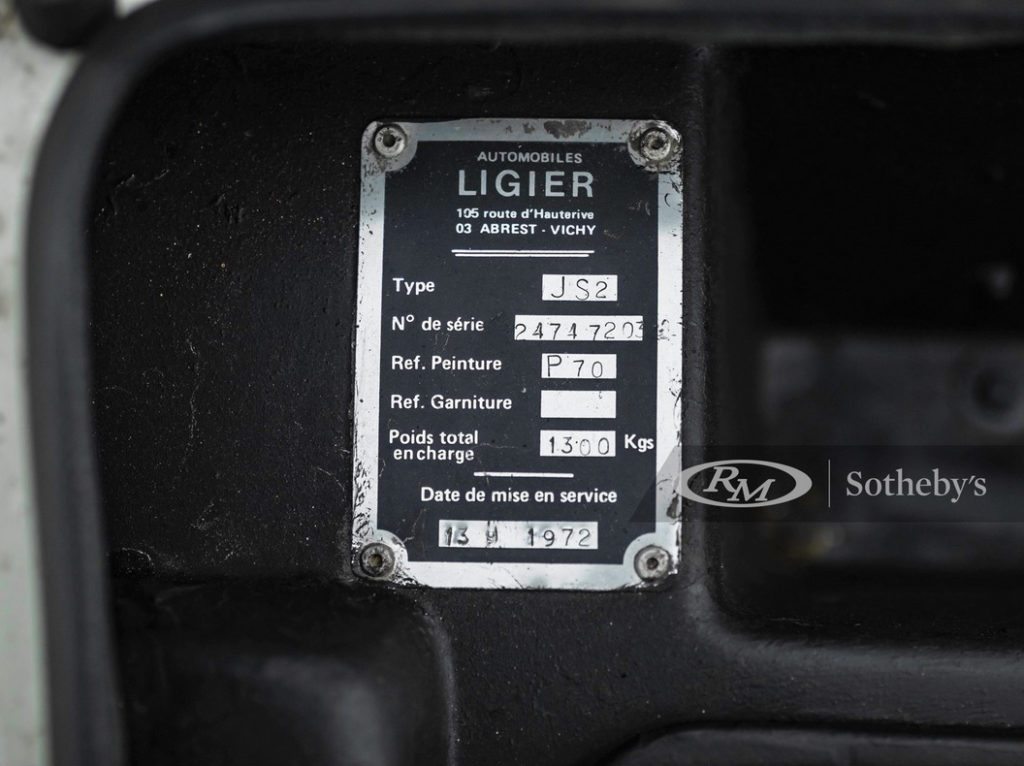
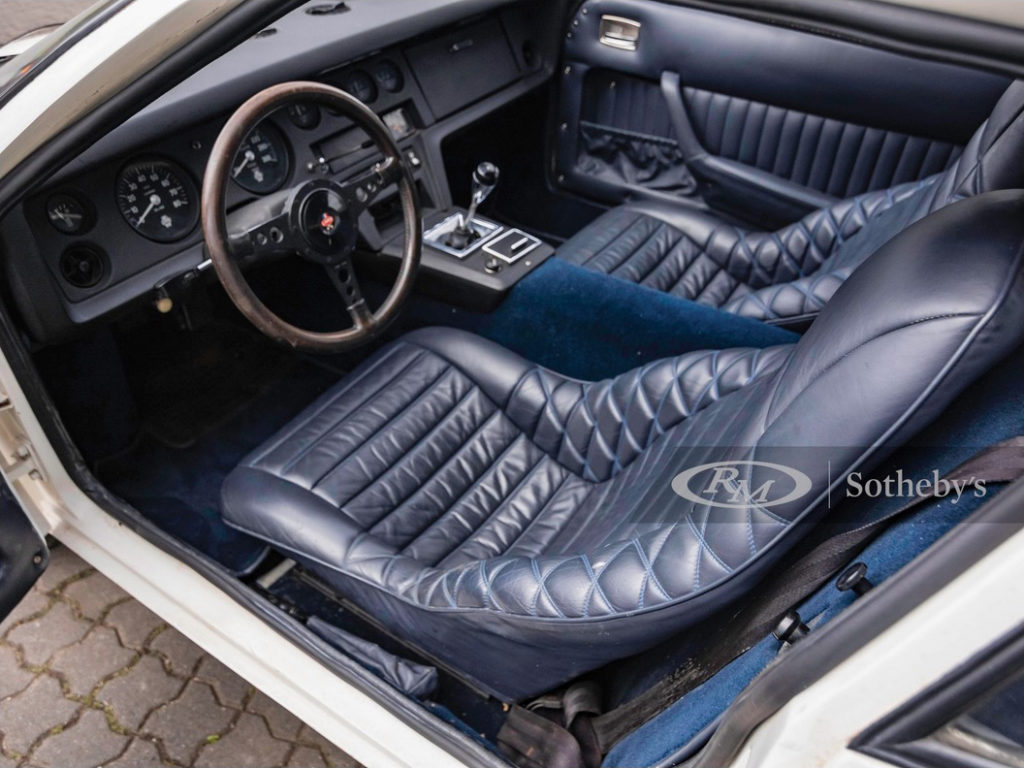
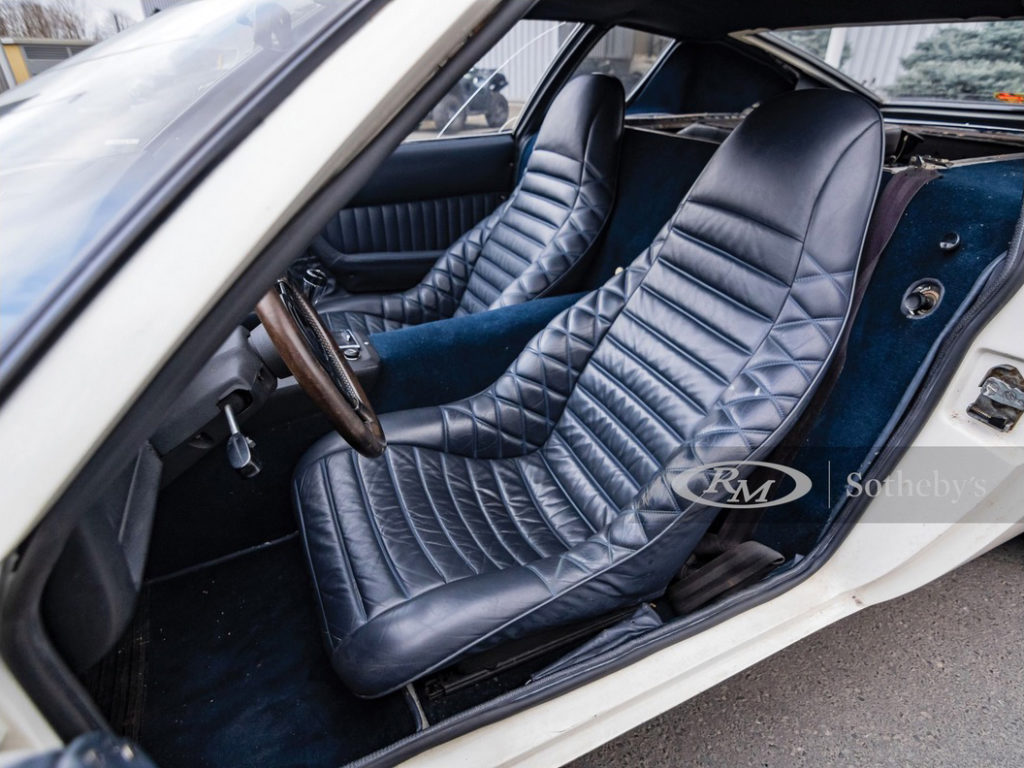
JS2 photos courtesy of RM | Sotheby’s.
The JS2 is a mid-engined sports coupé that was built by Ligier in the French village of Abrest near Vichy in the department of Allier between 1971 and 1975.
It came about as a direct result of the tragic death of Jo Schlesser – a close personal friend and frequent teammate of Guy Ligier, and a popular French rally, sports car, and Formula 1 driver.

Schlesser was killed driving the Honda RA302, Formula 1 car that John Surtees had refused to drive, calling it an underdeveloped death trap. Keen to prove his abilities in F1, Schlesser accepted the challenge of taming the unruly Japanese open-wheeler and piloted it at the French F1 Grand Prix at Rouen in 1968.
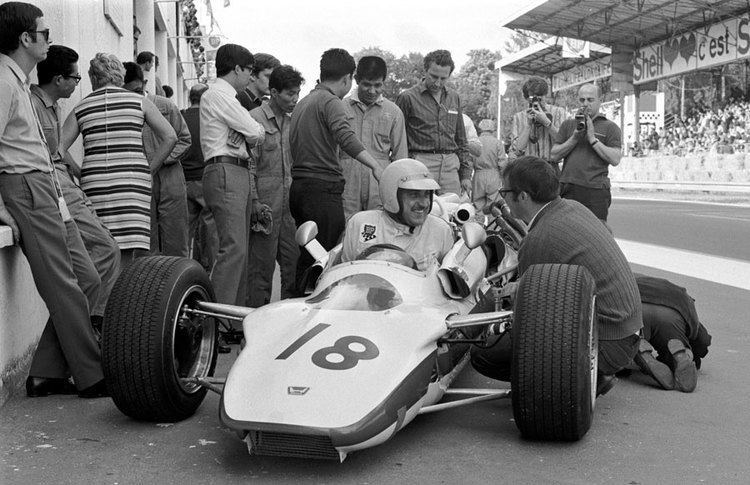
After just two laps Schlesser lost control and crashed side-on into a banking. The magnesium bodied car with a full tank of fuel ignited instantly, killing him and resulting in Honda’s withdrawal from F1 at the end of the season.
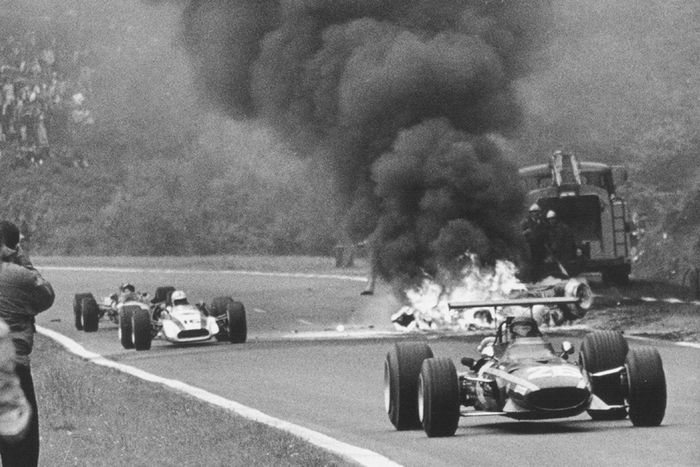
Guy Ligier was devastated by the death of his close friend, and took a hiatus from driving race cars to fulfill a dream that he had originally intended to fulfill with Schlesser by his side – to start his own French sports car marque.
Incredibly the first example of the new car was ready just a year after Schlesser’s premature death, it was named using his initials, JS1, as an homage to him. Lessons learned building the LS1 were rolled into a more polished production-ready successor named the Ligier LS2 – this would be the car that would battle shoulder to shoulder with many of the greatest racing cars of its era.
Guy Ligier tasked the design of both the JS1 and the JS2 to Italian automobile designer Pietro Frua. The body was crafted from fiberglass and sits on a steel frame for the road cars, and a lighter aluminum frame for the track-specific race cars.
It had been initially planned to use the Ford Cologne OHV V6 engine but Ford was reticent to provide it to what would potentially be a competitor for their own planned GT70. Ligier managed to secure a supply of engines from Citroën who had bought Maserati in 1968 and introduced the SM in 1970 equipped with the Maserati 2675cc C114 V6 and producing 168 hp in street trim and upwards of 330+hp in race trim. It was that engine that Ligiier utilized, along with the a few other SM bits like gearbox, shift gate and door handles. The original design of the JS2 had to be extended 50mm to accommodate this slightly larger engine, though thanks to its lightweight construction the vehicle’s dry weight is just 980 kilograms (2,161 lbs).
In 1973 the JS2 received the slightly larger 2965cc version of the engine also used in the Maserati Merak, and up-rated to 192 hp. The Series 2 version of the JS2 made its debut in 1975 with a redesigned nose, hidden headlights, and 5 bolt wheels. The ongoing Oil Crisis had shrunk the global market for luxury performance cars significantly, and just 7 examples of the JS2 were made in 1975 before Maserati went into receivership – sounding the death knell for the JS2.
Racing variants of the Ligier JS2 showed extraordinary promise on the race tracks of Europe, though they were often let down by their engines which were highly tuned and suffered from a lack of development. Engine failures resulted in multiple JS2 retirements at the 1972 24 Hours of Le Mans, and the same thing a year later at the 1973 race, though a privateer entry did finish that event.
At the 1973 Tour de France a team driving a JS2 won 14 of the 17 stages in a dominant performance before a distributor failure ended their race. Things began to look up in 1974 when a JS2 won the Le Mans 4 Hours, and took an 8th place in the 24 Hours of Le Mans. A return to the Tour de France after the disappointment of the year before proved successful, with JS2s finishing both first and second.
In 1975 Ford relented and gave Ligier access to the Ford Cosworth DFV engine, the 1975 24 Hours of Le Mans featured a now Ford-powered JS2 battling all race long with a Mirage before finally finishing in 2nd place.
It isn’t known exactly how many examples of the Ligier JS2 were made, though 81 is the most commonly cited number. It’s thought that just 40 or so remain today.
You can view more the JS2 and the rest of the auction lots here: https://rmsothebys.com/en/home/lots/es20?&utm_source=rmsothebys.com&utm_medium=email&utm_campaign=ES20&utm_term=ES20_rtb_eng&_cldee=Z2R5a2VAc3ltcGF0aWNvLmNh&recipientid=contact-2c300a23d70ae0118df600262df07400-61493ae2ac594be4b2a4c299fc4ac02c&esid=29ba738e-6ca6-ea11-824d-000c2971a03a
UPDATE: Sold for €49,500.

